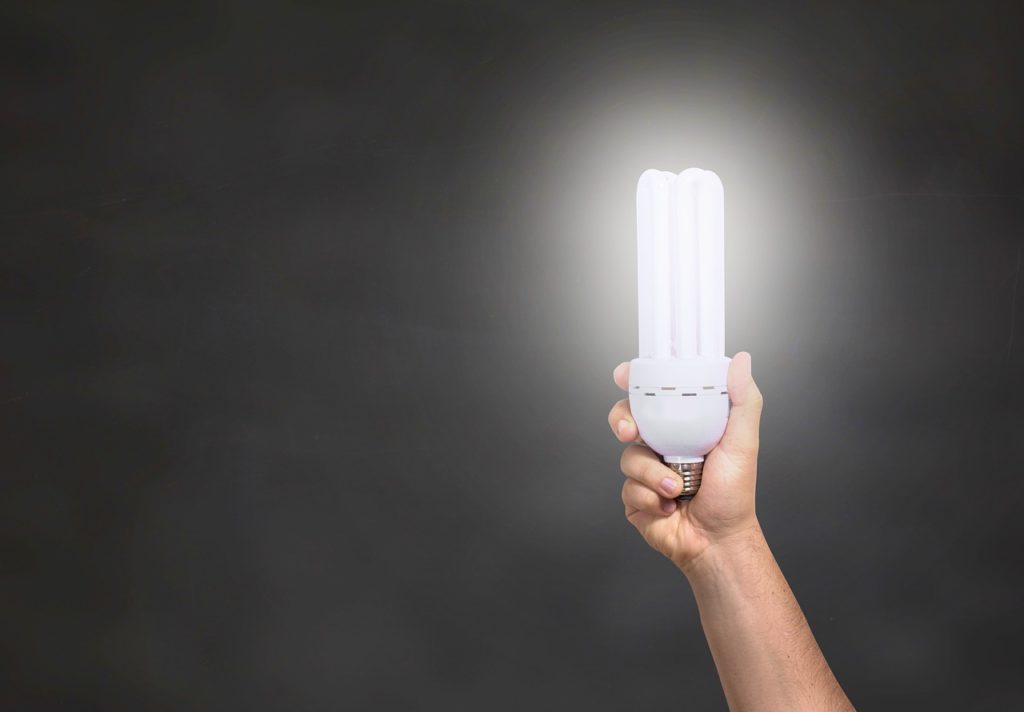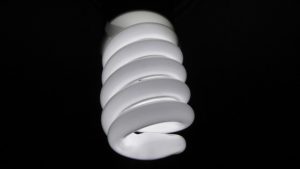
The newest trend in the grow light market is LED lights. They are increasing in popularity because they provide more light for plants than other grow lights, and they use less electricity. If you’re considering switching to the best grow lights for your indoor garden, there are a few things you should know before making your purchase. This blog post will cover everything from how plant growth differs between LEDs and other grow lamps to essential questions that need answering before buying an LED set up.
Overview of LED Grow Lights
 LEDs or light-emitting diodes are semiconductor devices that emit enough light as the electric current passes through them. They come in various colors, but we’re interested in the red and blue spectrum LEDs for growing plants. Red LEDs promote flowering and fruiting in plants, while blue LEDs encourage vegetative growth. An LED grow-lights require a diode that produces photons to produce the light. These diodes are then wired together into strings which create panels of “light.” The number of LEDs in each line determines how much power is used to run them and ultimately affects your electricity bill.
LEDs or light-emitting diodes are semiconductor devices that emit enough light as the electric current passes through them. They come in various colors, but we’re interested in the red and blue spectrum LEDs for growing plants. Red LEDs promote flowering and fruiting in plants, while blue LEDs encourage vegetative growth. An LED grow-lights require a diode that produces photons to produce the light. These diodes are then wired together into strings which create panels of “light.” The number of LEDs in each line determines how much power is used to run them and ultimately affects your electricity bill.
The Benefits of LED Grow Lights
There are many benefits to using LED grow lights in your indoor garden. These benefits include energy efficiency, long lifespan, low heat output, and small size. LEDs use 50% less power than traditional HID grow lamps, making them more economical in the long run. LEDs last up to 50,000 hours compared to the 2000-hour life of a typical incandescent light bulb. LED grow lights produce far less heat than other types of grow lamps, which is excellent for your plants and your electric bill. Also, LED arrays are small and lightweight, making them easy to transport and hang.
Tips to Find the Best LED Grow Light for Your Indoor Garden
 When shopping for an LED grow light, it’s essential to consider the size of your garden. Lights come in a variety of wattages, so you’ll want to choose one that is appropriate for the size of your plants. You also need to consider the type of plant you’re growing. Some plants respond better to red LEDs, while others thrive under blue LEDs. Another essential factor to consider is the grow light spectrum you want. Some LED lights come full range, while others have red and blue diodes.
When shopping for an LED grow light, it’s essential to consider the size of your garden. Lights come in a variety of wattages, so you’ll want to choose one that is appropriate for the size of your plants. You also need to consider the type of plant you’re growing. Some plants respond better to red LEDs, while others thrive under blue LEDs. Another essential factor to consider is the grow light spectrum you want. Some LED lights come full range, while others have red and blue diodes.
If you’re not sure which scope is best for your plants, ask the seller or do some research online. Finally, consider how much you want to spend on your LED grow light. Buying a cheaper product might save you money now, but it could cost more in the long run if it isn’t as effective at increasing your plants.…
